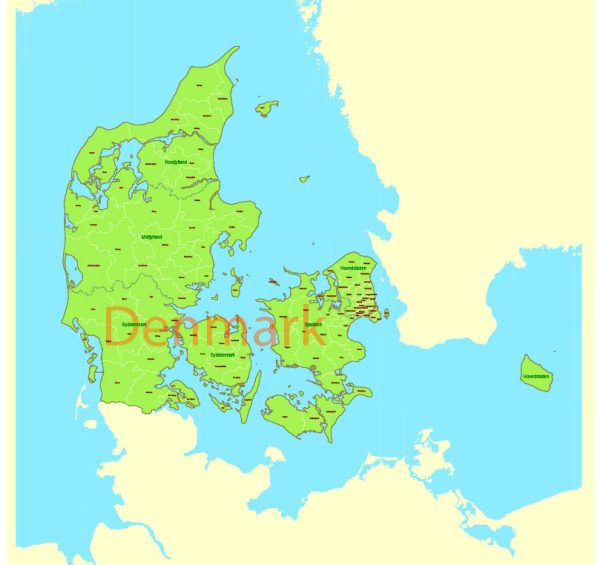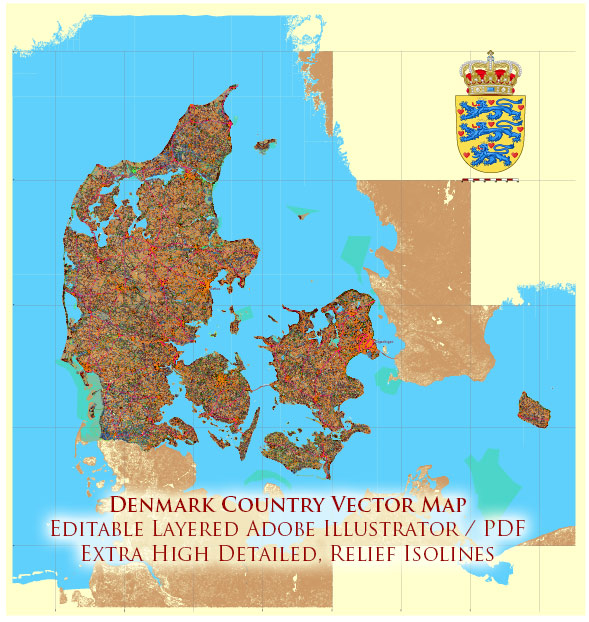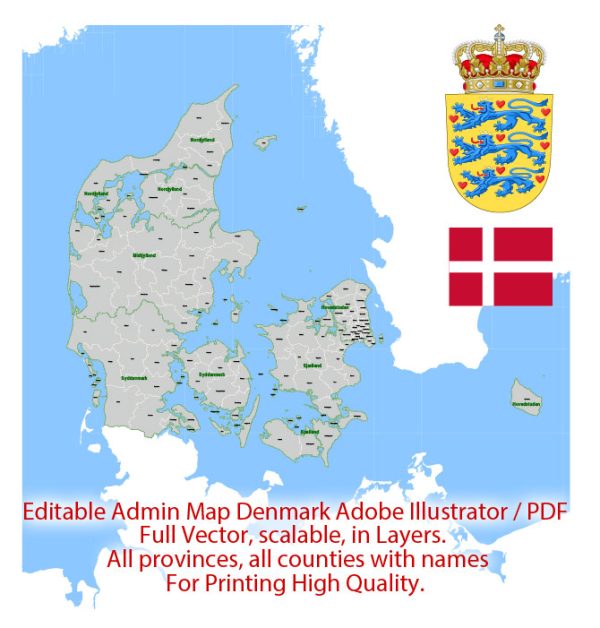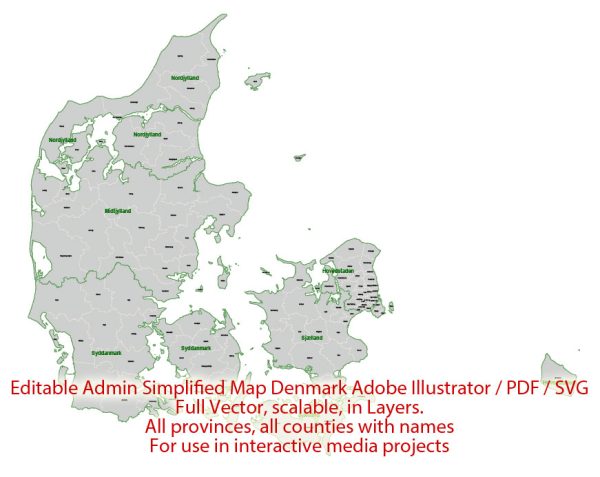Denmark has a well-developed and efficient transportation system that includes various modes of transportation to facilitate the movement of people and goods within the country. Here is a description of the key components of Denmark’s transportation system:
- Road Transportation:
- Road Network: Denmark has an extensive and well-maintained road network with a total length of over 74,000 kilometers, including highways (motorways or “motorveje”) and secondary roads.
- Bicycles: Denmark is known for its bicycle-friendly cities. Many cities have dedicated bike lanes and bike-sharing programs, making cycling a popular mode of transportation.
- Public Transportation:
- Trains: Denmark’s national railway operator, DSB (Danske Statsbaner), operates an extensive train network that connects major cities and towns. High-speed trains like the IC3 and IC4 serve longer distances.
- Metro: Copenhagen has a modern and efficient metro system, including both underground and elevated lines.
- Buses: Buses complement the train and metro services, providing public transportation to areas not directly accessible by rail. Local and regional bus networks are well-developed.
- Ferries: Denmark’s numerous islands are connected by an extensive network of ferries, ensuring efficient transportation between them.
- Air Transportation:
- Airports: Denmark has several international airports, with Copenhagen Airport (Kastrup) being the largest and busiest. Other major airports include Billund Airport, Aalborg Airport, and Aarhus Airport. These airports offer connections to domestic and international destinations.
- Maritime Transportation:
- Ports: Denmark has several major ports, with the Port of Copenhagen being the largest. These ports play a crucial role in facilitating trade and cargo transportation.
- Ferries: Denmark is well-connected to neighboring countries, including Sweden and Norway, through ferry services.
- Cycling:
- Denmark is known for its cycling culture. Cities like Copenhagen are designed with dedicated bike lanes and infrastructure to encourage cycling as a sustainable and healthy mode of transportation.
- Taxis and Ride-Sharing:
- Taxis are readily available in cities and can be hailed on the street or booked through various taxi companies.
- Ride-sharing services like Uber also operate in Denmark.
- Traffic and Road Safety:
- Denmark has a strong focus on road safety, with strict traffic rules and regulations in place to ensure safe driving conditions.
- Transportation Infrastructure:
- Denmark invests in maintaining and expanding its transportation infrastructure to keep up with the growing demand and ensure the smooth movement of people and goods.
- Environmental Sustainability:
- Denmark is committed to environmental sustainability and reducing carbon emissions. As a result, there is an emphasis on using public transportation, cycling, and electric vehicles to reduce the environmental impact of transportation.
Overall, Denmark’s transportation system is known for its efficiency, reliability, and a strong emphasis on sustainability. It allows residents and visitors to travel easily throughout the country and supports Denmark’s reputation as a leader in green and sustainable transportation solutions.





 Author: Kirill Shrayber, Ph.D.
Author: Kirill Shrayber, Ph.D.